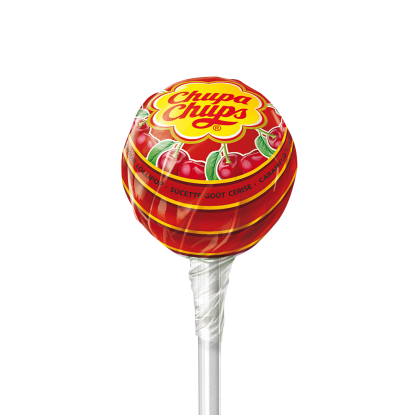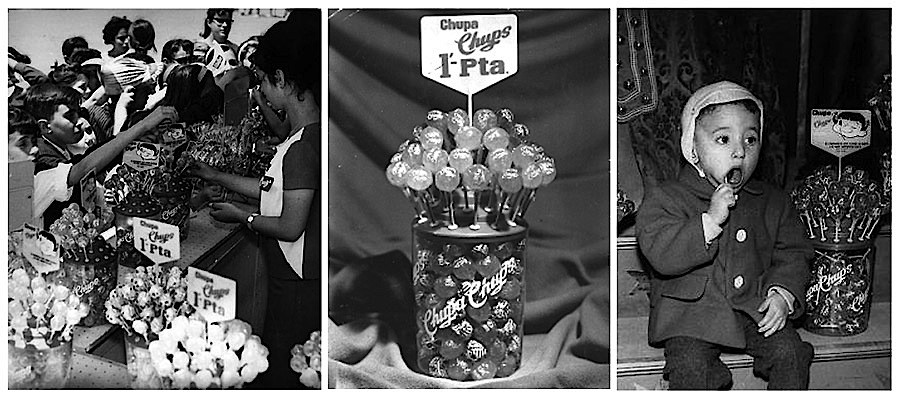ELSA SCHIAPPARELLI
The friendship between the artist and the designer led to numerous collaborations. Together they created several fashion pieces that were marked by the casualness and eccentricity that perfectly characterized these two people. In 1935, their first joint creation, a compact in the shape of a telephone dial, was created.
But it was Schiaparelli’s winter 1936-1937 Haute-Couture collection, presented in August 1936, that marked their first official collaboration. The surreal Schiaparelli “Mirror Suit” was born, inspired by the Salvador Dalí Artworks.
This first piece features real or trompe l’oeil pockets in the shape of boxes, and the suit’s buttons are made of drawer handles. A recurring theme for Dalí and a symbol of his obsession with women, the lobster also inspired the Italian designer and led to the creation of a Lobster Dress in 1937. Another emblematic piece in the work of Schiaparelli and Dalí, it was inspired by the artist’s work Téléphone Homard. Legend has it that Dali wanted to add a little mayonnaise to the fabric, a proposal that the designer refused.
The “Le Cirque” collection, unveiled by the designer in 1938, is an ode to the dialogue she had with surrealist artists, particularly Dalí. From this collection and new collaboration was born the Tears Dress, a white mourning dress with a long veil. It is said to have been inspired by one of the torn dresses from which shreds of fabric seem to hang, worn by a young woman in the painting Three Young Surrealist Women Holding the Skins of an Orchestra in their Arms (1936).
Finally, how can we talk about the many iconic collaborations between Dalí and Schiaparelli without mentioning the Chapeau Chaussure (1937). Presented on the occasion of the Haute-Couture winter 1937-1938 collection, this original and surprising creation was inspired by a photo taken in 1933 by Gala in which the famous artist can be seen wearing a woman’s shoe.
In addition to clothing, Dalí continued to collaborate with Elsa Schiaparelli for many years. He designed fabric patterns or perfume bottles for her, such as the labels for the Shocking Radiance body oils or the Baccarat crystal bottle for her perfume Le Roy Soleil in 1946.
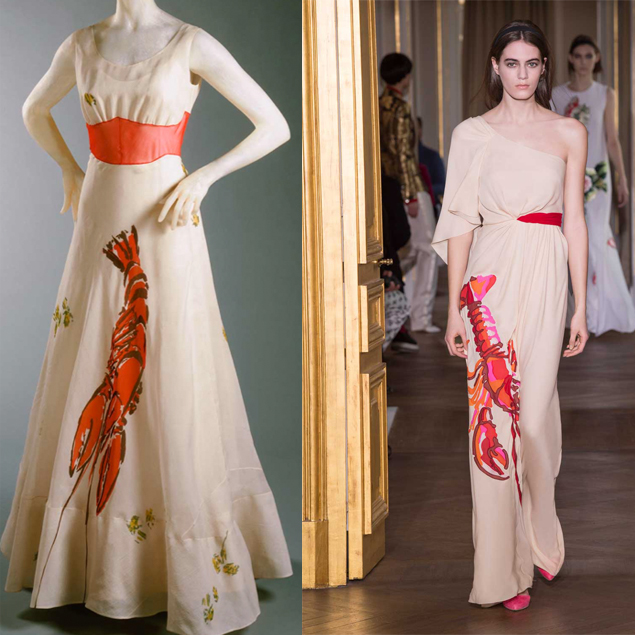
SIGMUND FREUD
Salvador Dalí connected deeply with the theories of the Austrian neurologist, psychoanalyst and philosopher Sigmund Freud the great scholar of the dream world.
A careful scholar of Freud’s theories, in order to access the unconscious and fuel his surreal and artistic inspiration, Dalí considered dreams and imaginations, as fundamental keys to knowledge of human thought.
In 1938 Dalí’s wish came true and the meeting with Freud took place in his London home.


WALT DISNEY – “DESTINO” A SHORT FILM
In the history of cinema there have always been great collaborations, sometimes casual, sometimes desired and sought after. One of the most peculiar, and anomalous if not absurd, is undoubtedly the one between Salvador Dalí and Walt Disney. In fact, the surrealist genius and the father of cinematic animation worked together to produce the short film Destino, a profound and complex dream journey that accompanies a classic love story.
The idea was to combine a story worthy of the most common cliché, a dancer and a baseball player in love, with the dreamlike and surreal universe that characterized the painter. Thanks to the recent success of Fantasia, it seemed to him to be a noteworthy experiment. Twenty-two paintings and hundreds of drafts and sketches constituted eight months of incessant work, creating a perfect union between classic Disney animation and the motifs and colors typical of Dalin’s work.
By associating a deeper level than Disney’s initial intent, Dalí shaped the story as a perennial and incessant chase of lovers faced with the inevitability of time. The result was what Dalí called “a magical exposition of life in the labyrinth of time.” Between the painter and the animator, it was love at first sight. Dalí immediately realized that this particular form of art would allow him, much more than the static nature of the canvas or the tricks of cinema, to give life to the chaotic visions that inhabited his mind.
With the end of the war and the growing economic problems, Walt Disney was forced to stop work on the short film and put it aside, in the hope, one day, of finally being able to finish it. That day came, but only fifty-eight years later. In 2003 Roy Disney, grandson of the great Walt and veteran of Fantasia 2000, rediscovered the preparatory works for the short. It was an epiphany and he understood that it was necessary to make it known to the world.
He entrusted the restoration and restoration to the Paris studios who completed it in December of the same year. An artistic testimony of inestimable value. Destino is at the same time an animated short and a profound introspective journey. Seventy-five years after the creative adventure of its creators, it still speaks to all of humanity, or at least to that part that wants to listen.

A scene from Destino, the short created by Dalì and Disney

MAE WEST LIPS SOFA
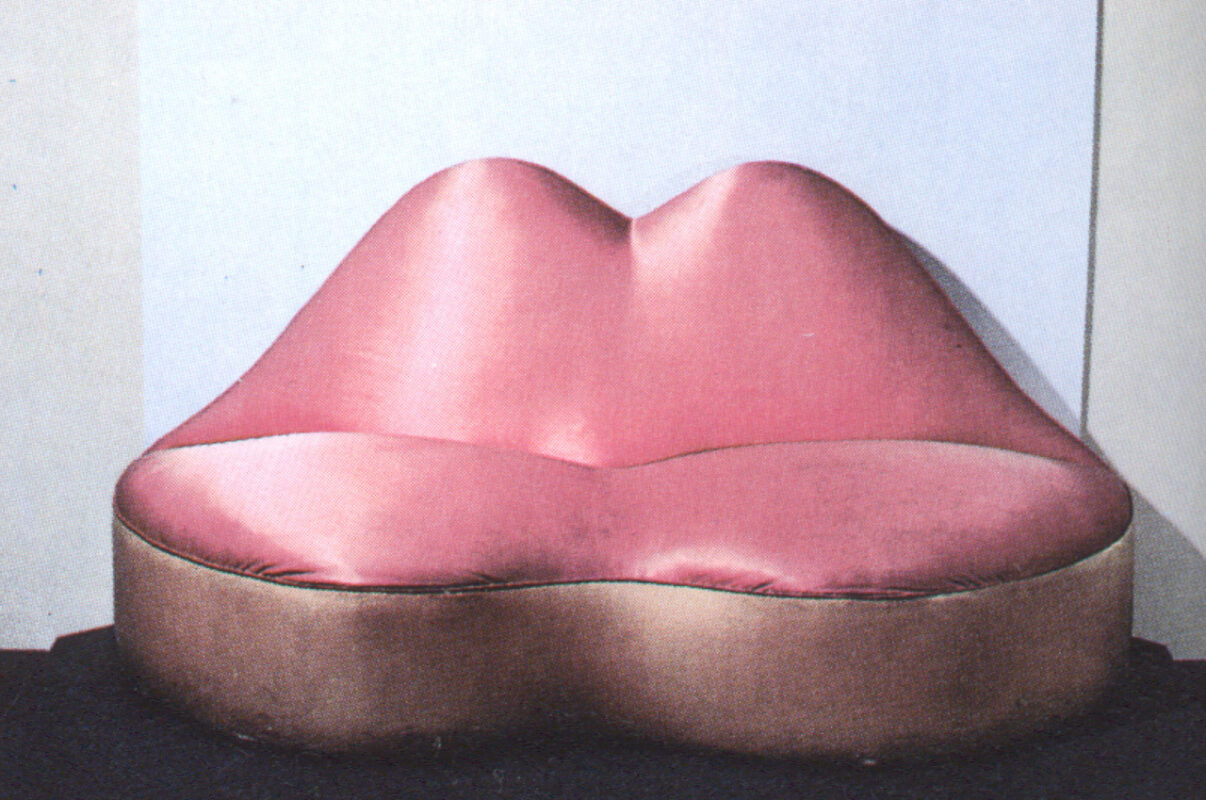
In 1935 Salvador Dalí met a kindred spirit in the British collector and poet Edward James. James was Britain’s most distinguished supporter of the Surrealist movement, and the pair struck up a deep friendship, with James becoming a collector of Dalí’s work. The sofa was constructed in Paris in 1936, when Dalí stayed with James at his London home, where they developed a number of ideas for Surrealist objects and furniture. It was James who suggested that they create a sofa based on Dalí’s work, Mae West’s Face which May be Used as a Surrealist Apartment (1934 – 35), which sees the scarlet lips of the Hollywood sex-symbol Mae West reimagined as seating for a fantastical room-setting.

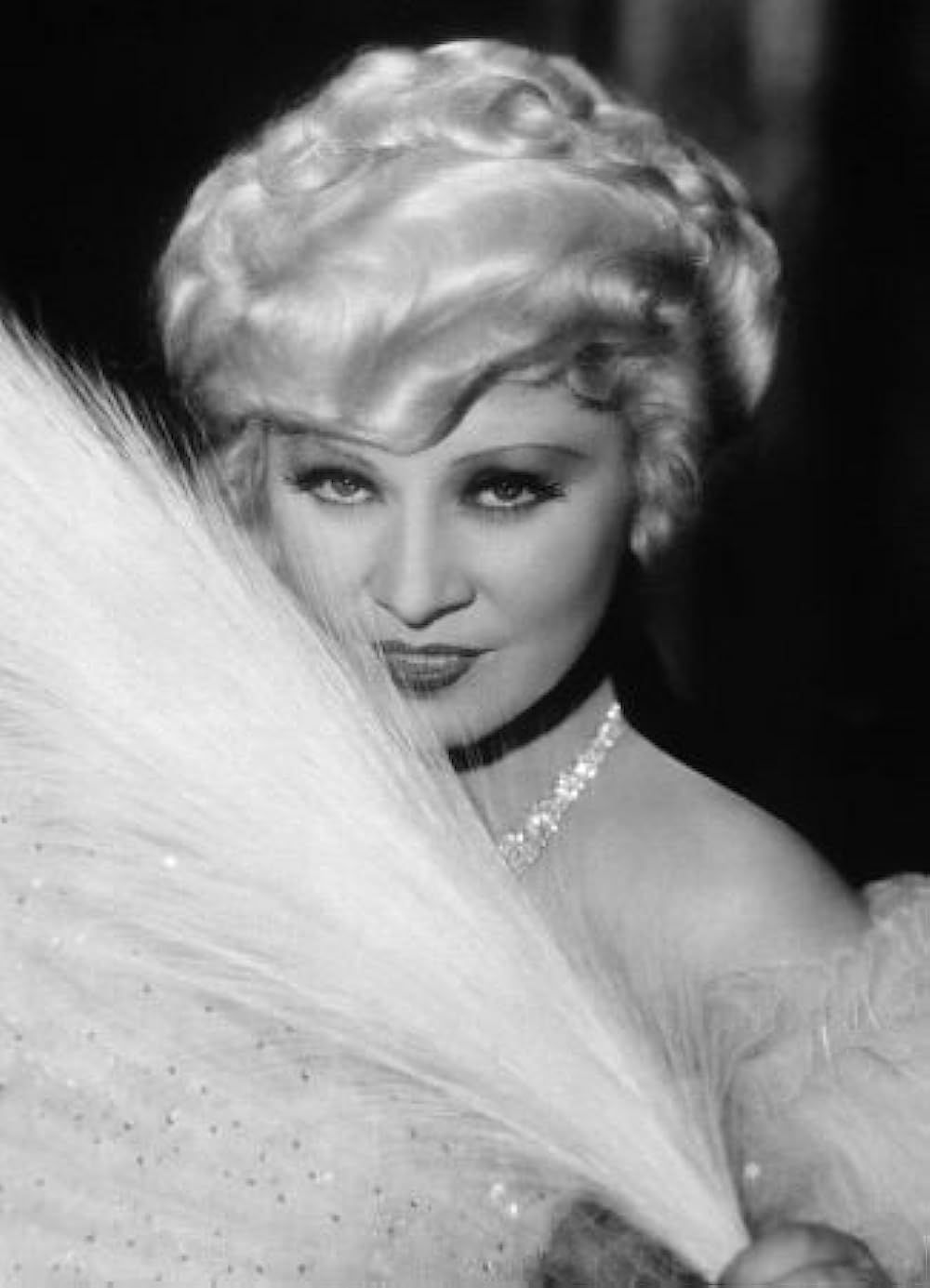
CHUPA CHUPS:
THE HISTORY OF THE LOGO CREATED BY SALVADOR DALÍ
Chupa Chups: history of an iconic brand
Founded by Spaniard Enric Bernat in 1958, Chupa Chups is now owned by the Italian-Dutch multinational Perfetti Van Melle (the corporation also owns brands such as Mentos, Smint, and Fruitella). The Chupa Chups brand name comes from the Spanish verb chupar, meaning “to suck.”
“In 1969, Dali was approached to design a new Chupa Chups logo, and the result became as instantly recognisable as his melting clocks. Dali incorporated the Chupa Chups name into a brightly coloured daisy shape. Always keenly aware of branding, Dali suggested that the logo be placed on top of the lolly instead of the side so that it could always be seen intact.”
Quoted from BBC’s Modern Masters: Dali, Chupa Chups logo
